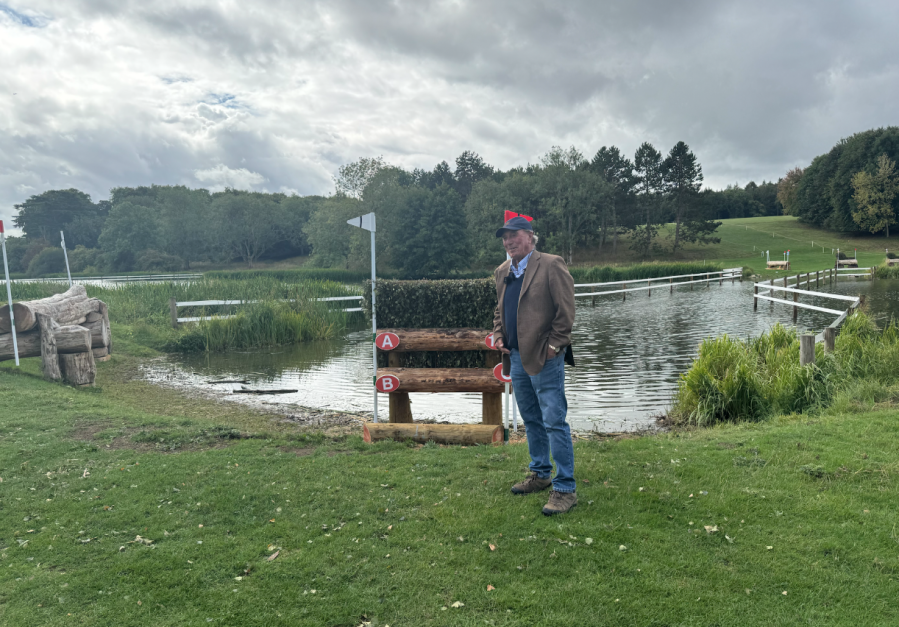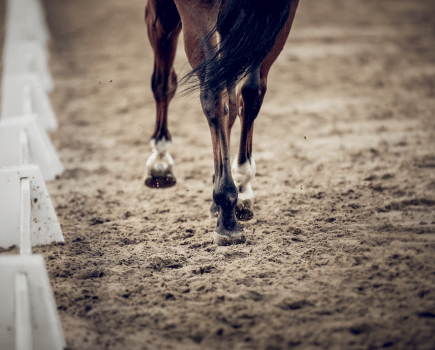The Agria FEI Eventing European Championships get underway at Blenheim Palace in Oxfordshire on Thursday 17 September.
Your Horse was invited to preview the cross-country course, which has been designed by Captain Mark Phillips, on Wednesday 10 September. Read on to learn what was revealed about the track.
‘It’s difficult’
The track is 5700 metres long with horses aiming to gallop a speed of 570 metres per minute.
There are 31 fences in all, including two water complexes and two river crossings. Multiple alternative routes are available, but Mark says they are time consuming and so will be expensive in time-faults.
He also says that if all the long routes were taken, it would be an extra 12-14 jumping efforts — and that’s hard work for the horse.
“This is a European Championship and the straight way is a championships four-star course. It’s real, it’s difficult,” summarises Mark.
“There’s risk involved but, if you just want to get around, the long way is a bit more than three-star level because it’s around 1.20m height but it’s pretty simple.
“There’s no reason every combination shouldn’t be able to get round taking the long options.”
“Everywhere on the course, if they gets discombobulated at the first element, riders can pull out and take a longer route — not just hope they get lucky and keep going on the straight way.”
First major combination
The Suregrow Dew Pond (fence 6abc)
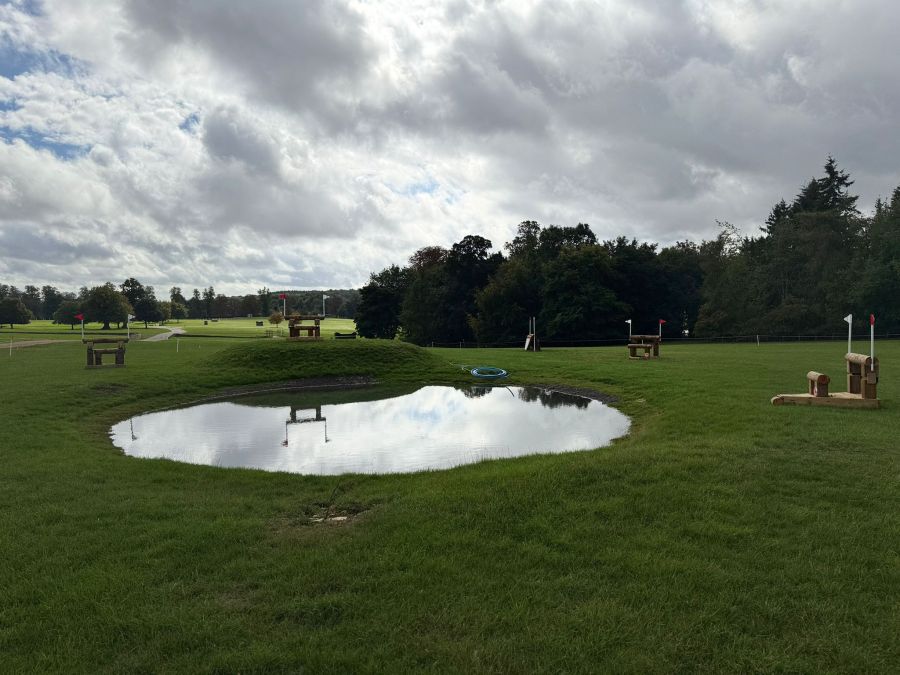
The Dew Pond at fence six is the first major combination on the course and comes around the two-minute mark.
The direct route, and therefore the quickest route, is to jump the triple bar on top of the mound. Horses then arrive at the bottom of the mound and enter the water, before curving left to another skinny on the way out.
This will be a busy part of the course as it runs alongside the tradestands, so there will be plenty to distract horses as they prepare to see and jump into water for the first time.
“They’ve got a face full of atmosphere [at this fence],” says Mark. “They’ve had five real run-and-jump fences so the horses and riders have had a really good chance to settle their nerves and get into the course.
“The horses come up the hill, and they don’t see the water until they reach the top. Then they’ve got the skinny. This will be significant, there will be a lot of teams who don’t do so well here.
“There is a long way — a palisade on the far side. Riders can come around to the triple bar, and there’s no water in the background. It’s a safer option,” adds Mark.
‘This fence is a little bit naughty’
Agria Angles (fence 10abc)
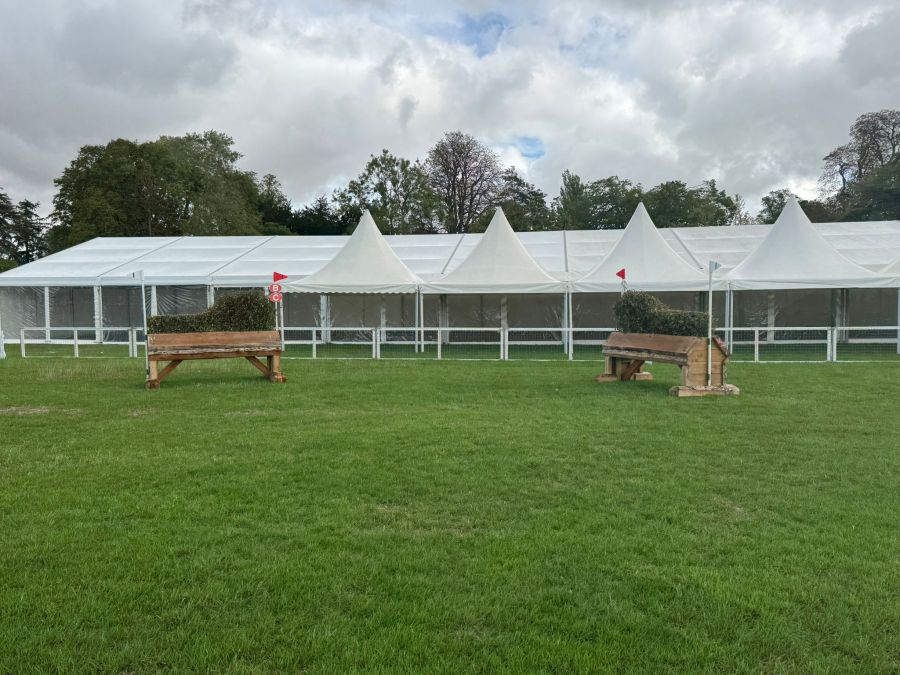
Around the three-minute mark, riders will enter the main arena where they will be met by a series of fences and the challenge of keeping their horse’s focus and attention despite the significant atmosphere.
“Inside the arena, they’ve got a Joules table round to another Joules table [fences 8 and 9], and then two Agria Angles — the two skinny brush fences,” says Mark.
“It’s a little bit naughty as the run-out is towards us, and if you look at the riding line, the second skinny is super skinny.
“And of course, if people are in the hospitality tent opening a bottle of champagne, the horses are going to want to come this way and not over the fence, so the crowd will be something else the riders have to think about.
An alternative route is available here, but it is a lot longer and will be expensive in time-penalties. Some riders may also choose to take the direct A fence, and then circle round to an alternative B, which is a longer but less risky line.
“As ever, where there’s a possible problem there is an easy option, but if you take all the easy options you’ll probably be late for tea,” says Mark.
‘Nine efforts in a minute’
Subaru Sensation (fence 11abc)
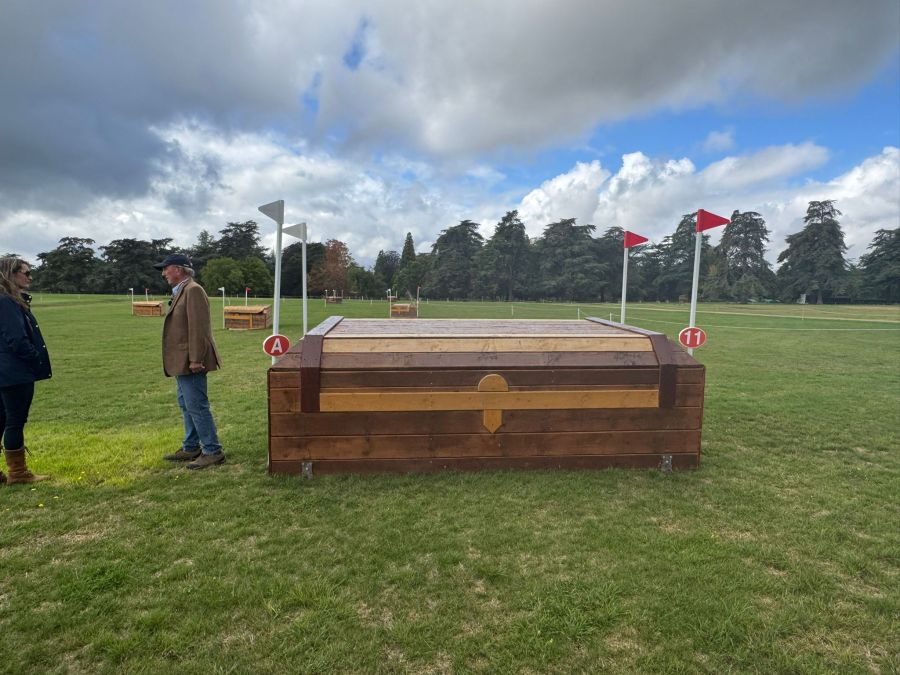
After the angled brushes, horses gallop out of the main arena and curve left, where they are faced by this enormous chest (11a).
“Then they’ve got a bending five strides to get on the line for two left-hand corners, fences B and C — it’s a bit of a moving four strides,” explains Mark.
“Anyone who cheats and squares up too much to the first corner (B), they’re going to be in trouble because they are not going to get to the second one.”
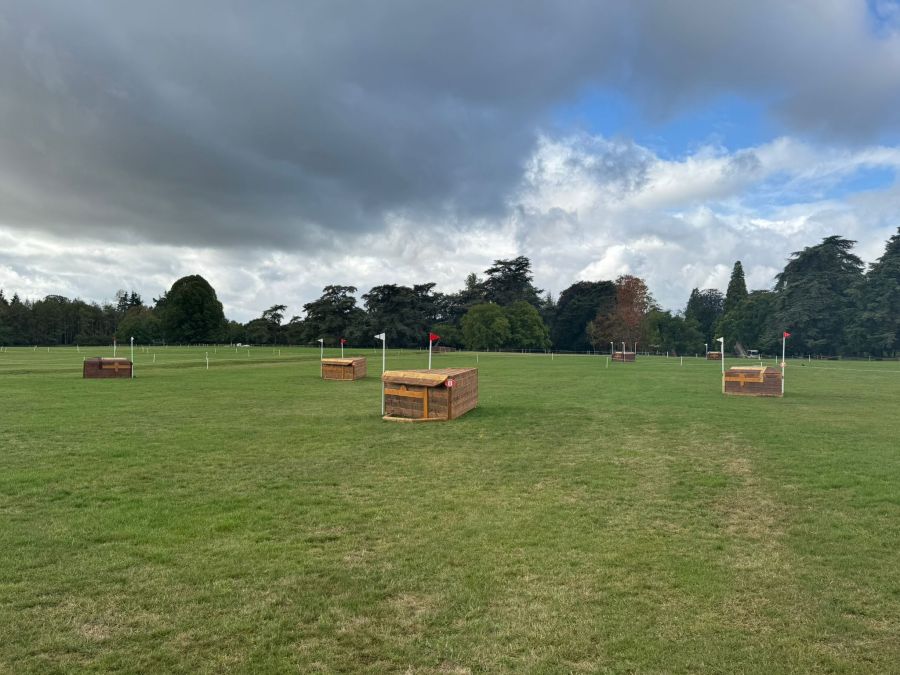
Mark adds that finding the correct line on the five strides will be difficult.
“If you do cheat at B, there’s a way out,” says Mark, referring to two chests on a lengthy alternative route. “But again, that costs time,” he adds.
“There are nine efforts here in a minute. This is difficult and technical but it’s a championships, European medals. It’s not unfair — but you have to be on your A-game if you are going to jump them.”
‘Unkind to the riders, kind to horses’
Palace Treasure Chest and Jewellery Box (fences 12 & 13)
“The two chests are numbered 12 and 13, because they’re big fences,” explains Mark.
“I didn’t want someone to jump the first one, get discombobulated, and then feel like they had to commit to the second one because of the top spread on it.
“They can circle round, get their ducks in a row to jump the second one. We don’t want the horses getting into trouble.
“My mantra is always: ‘“’Be as unkind as you can to the rider — but as kind as you can to the horses’.”
‘It’s an optical illusion’
BE Support Trust Healing Garden (fence 17abc)
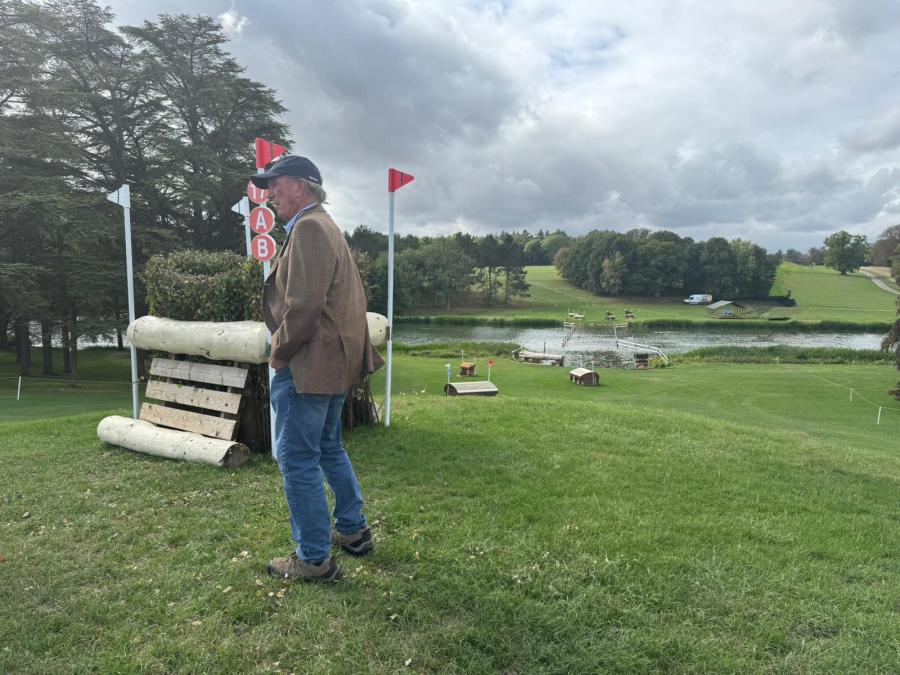
“When you walk up to this it looks as though you’re jumping into the lake, but it’s an optical illusion,” says Mark.
“To be kind to the horses, if they’re brave enough to accept the optic then they are not going to be punished because they’ve got flat ground to land on.
“I think [this fence] looks scary. There’s a lot of brush that’s forgiving for the horses, but I’m hoping some of the riders think it’s scary as well, and then they’ll be thinking about the long way,” adds Mark.
The third element, fence 17c, is the ground line on the next brush into the river crossing (18).
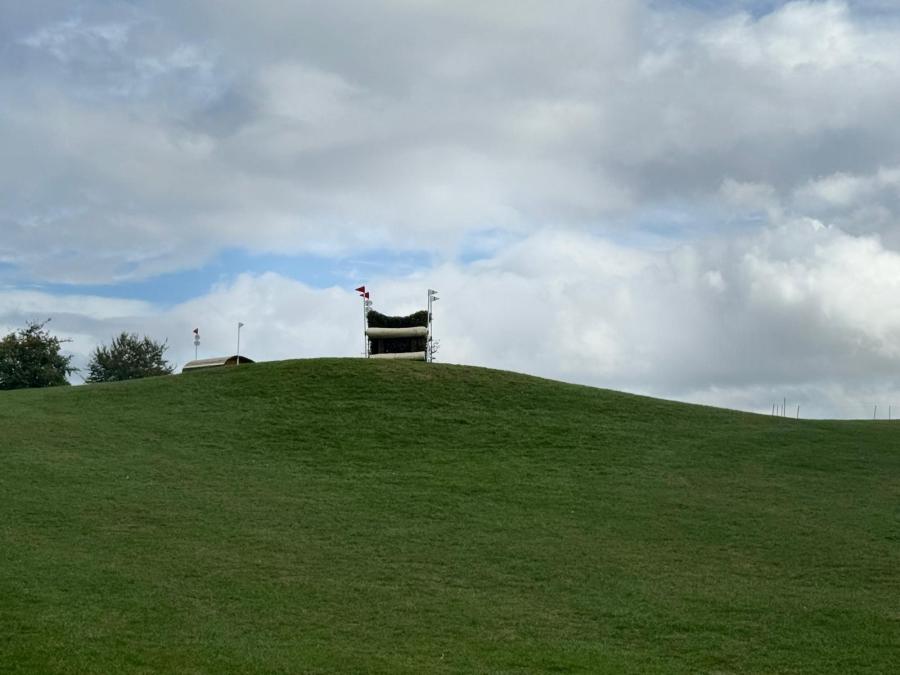
Risk of an early bath
Subaru Splash (fence 18ab)
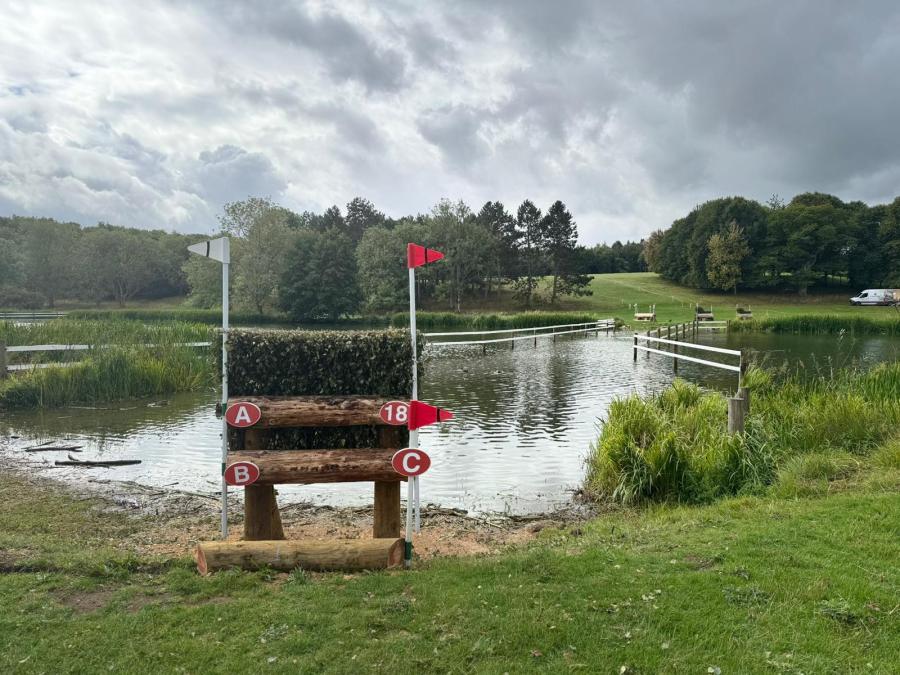
Once in the river, horses will gallop for a full 72m in the water. They gallop back through it further up the river later on in the course too.
“[The brush in is] a big fence and it will have water underneath it when the lake eventually fills up. There’s an angled brush on the way out. It’s always a favourite, the crowd love to see a rider have an early bath,” says Mark.
“If they don’t want to jump this they have to go all the way round and jump two logs into the water, which are part of the eight- and nine-year-old course. Simple for these championship horses, but it takes a long time.
“The pace slows right down through water. Maybe 500 metres per minute, or even less, especially on the way back, because that direction is about four inches deeper than this side.”
Big 1.8m drop into water
GFS Saddles Water (fence 20abc)
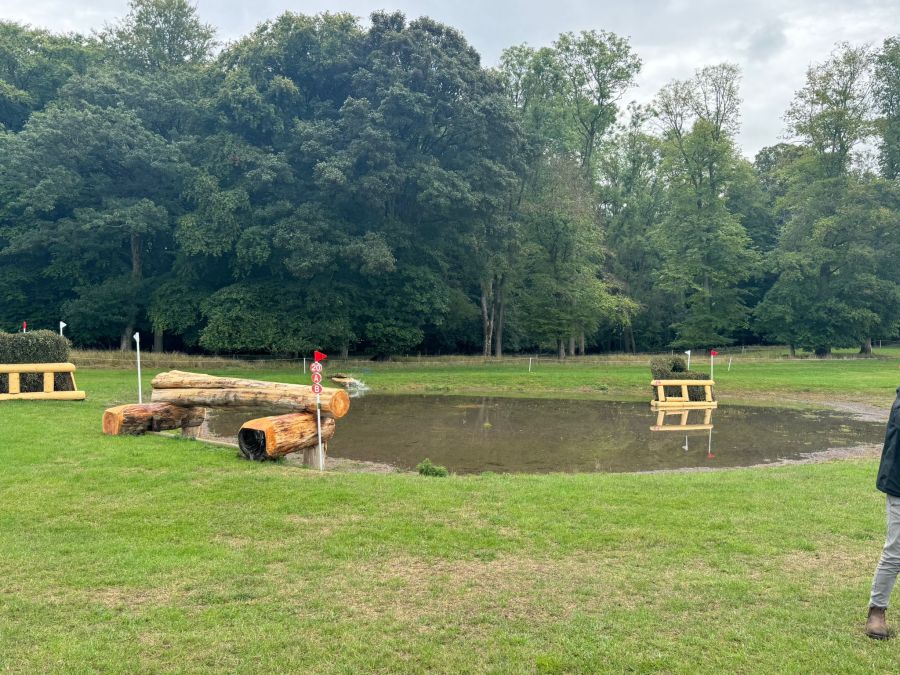
This water complex consists of a big log drop in with a 1.8m drop, followed by four forward strides to a brush corner in the water.
“If horses land in the water normally, the four strides will be right there, but I think we might see some riders try to cheat and put a bending five in instead. That’ll take longer though,” says Mark.
“If a rider doesn’t fancy the straight route, they’ve got options: a log pile (B) to another long pile and then a brush corner (C) — basically a big roundabout. Again, taking that route will cost a lot of time.”
Pulling off the natural line
FEI Mounds (fence 22ab)
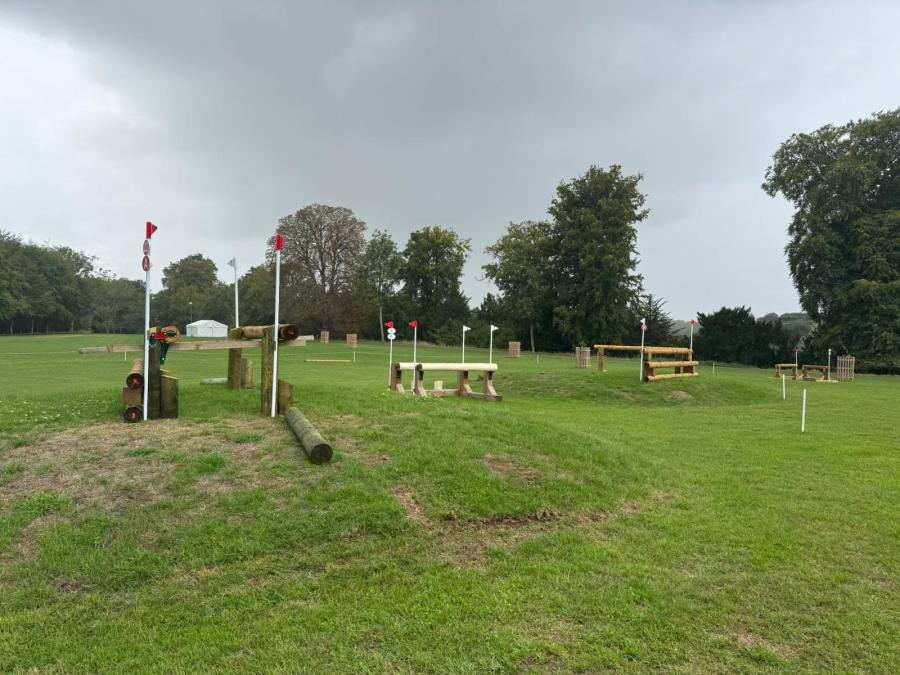
The first element here is the oxer on top of the mound, landing on the slope and galloping to the bottom, before horses will need to curve left to go up a second mound and negotiate the open corner at the top.
“They’ll skip over the oxer on the mound, and then when they land they’re going to see what looks like a wide open door straight ahead — but you’re not going through the door as there’s actually a corner there. Not easy,” states Mark.
The white poles in the image will be replaced with trees, bookending the opening that horses will naturally expect to go through, but be turned away from.
Once again there is an alternative route here, but it’s between 270-280 metres longer than the direct way.
‘No one’s won until they’ve jumped this one’
LeMieux Wedge (fence 23ab)
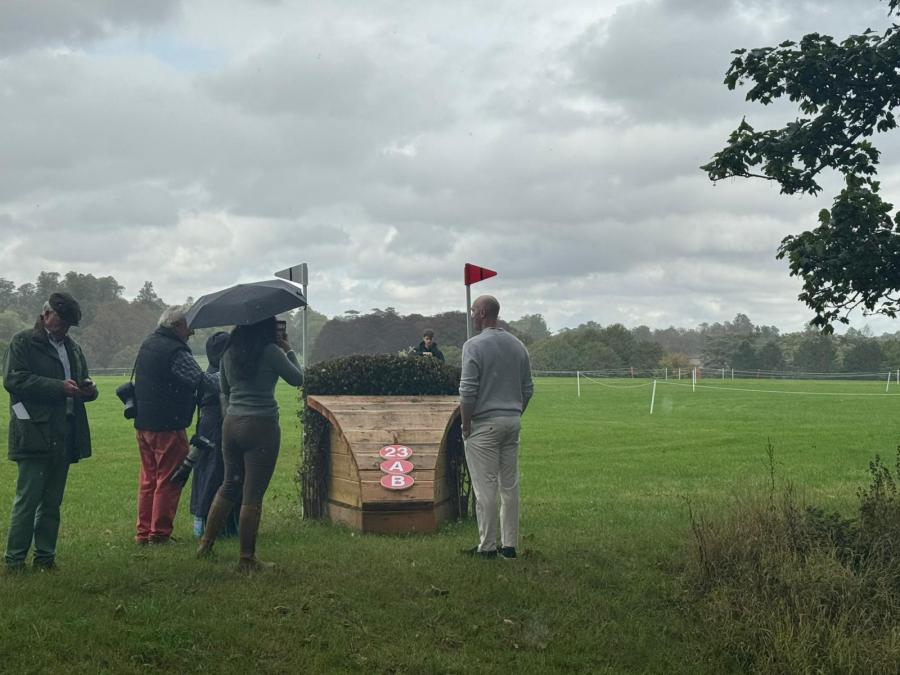
Although the LeMieux Wedge is a single fence, Mark describes it as being “a little bit naughty” and says that “riders might get here and think, ‘Ah, I’ve done this — I’m on the way home’ — not quite.”
There is a decent gully into a wooded area with a left-hand curve around to the gully again, this time with a skinny brush ‘wedge’ fence at the top that needs to be jumped.
“That wedge is really difficult,” says Mark.
“You’ve just got to go forward through the gully, let the horse pat the ground, and jump. It’s a real footwork exercise for the horse.
“It’s not easy. Particularly now, we’re at seven minutes, maybe seven minutes twenty, horses are starting to slow down with their feet and they’ve got to be super quick here.
“I like this fence because it’s completely safe but nobody’s won this thing until they’ve jumped this one.”
‘To win medals, you’ve got to go the quick way’
“When I walked the course before Christmas, we had a 5,800 metres course, which works out to around 10 minutes and 40 fences,” explains Mark.
“But when we actually put the fences out, it ended up closer to 6,000 metres, which was a disaster for me.
“Why? Because at 6,000 metres, the good boys and girls have got a chance to take one, two, maybe even three long ways and still get inside the time.
“We’ve only had the last three weeks to lose that 300 metres and get us back down to 5,700m, which we managed yesterday.
“Now that we’re back down to 5,700m, it means if you want to win the medals, you’ve got to go the quick way.
“I don’t think taking a long option and still making the time is going to get the job done if you want to win a medal.”
Images by Aimi Clark/© Your Horse
Related content
- BBC to broadcast next week’s European eventing championships
- Celebrating the top 10 finishers of Defender Burghley in pictures
- British squad announced for FEI Eventing Europeans combines ‘experience and new talent’
- How to stop a horse chipping in a stride when jumping
- Five gears a cross-country horse needs to have

